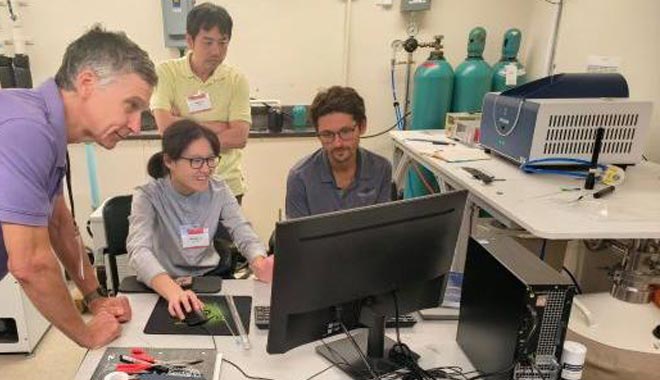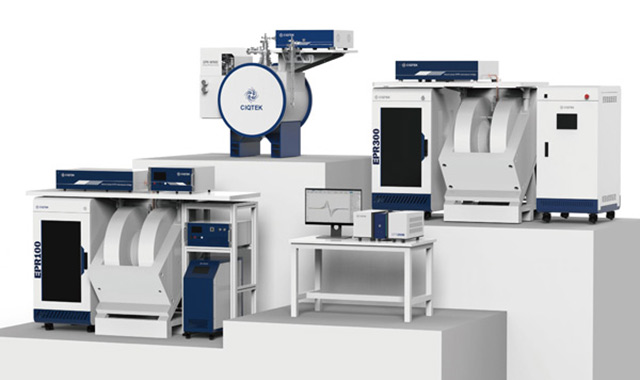How to Choose Between X-Band and Q-Band EPR Systems for Your Budget
Electron Paramagnetic Resonance (EPR) spectroscopy remains a cornerstone in analyzing unpaired electrons, whether in free radicals, transition metals, or defect sites. However, when selecting between X-band and Q-band EPR systems, researchers often face a classic dilemma: how to match performance needs with budget realities.
Here’s a practical breakdown to help European labs and research teams navigate this decision—and why many are choosing flexible EPR systems like CIQTEK’s to get the best of both worlds.
Performance Trade-Offs: Sensitivity vs. Resolution
X-band EPR (≈9.5 GHz) is by far the most commonly used band. It offers a great balance of sensitivity, hardware availability, and ease of sample handling. It’s particularly suited for general-purpose applications:
-
Organic radicals
-
Transition metal complexes
-
Spin labeling in biomolecules
In contrast, Q-band EPR (≈35 GHz) provides higher spectral resolution due to increased Zeeman splitting and better orientation selectivity. However, this comes with practical considerations—cryogenic compatibility becomes more critical, and sample tuning can be more sensitive.
For labs doing high-resolution studies of biological macromolecules or probing fine structural changes in solid-state samples, Q-band can offer real advantages—if the infrastructure is ready.
Typical Price Ranges in Europe
Budget plays a decisive role. Based on recent European procurement data:
-
X-band CW EPR systems typically range from €100,000 to €250,000, depending on features like variable temperature accessories or pulse capability.
-
Q-band systems start around €250,000 and can exceed €500,000, especially when combined with pulsed capabilities and cryogenic sample handling.
This cost gap makes X-band the default choice for most labs—especially teaching labs, material science departments, or first-time EPR users.
CIQTEK benchtop EPR system is a strong performer here. With X-band capability, built-in temperature control, and a space-saving design, it has been installed in both US and EU university labs where compactness and quick setup are key priorities.

Use-Case Match: Materials vs. Biological Samples
X-band covers a broad range of material research, from battery cathodes to polymer radicals, while Q-band offers finer insight into g-tensor anisotropy, valuable in protein structure, spin-labeled enzymes, and advanced pharmacological studies.
Labs working with diverse sample types may benefit from EPR systems that are modular or upgradable, depending on research evolution.
CIQTEK’s CW-Pulse EPR system supports both CW and time-resolved measurements at X-band and is designed with future expansion in mind, including Q-band add-ons in pipeline development.

Financing Options & Leasing Programs
European labs increasingly look at leasing programs or research consortium sharing models to offset initial costs. CIQTEK partners with distributors in Europe to offer flexible financing, demo units, and pilot trials, which several research groups in Germany and the UK have already taken advantage of.
This approach helps research teams validate hardware before major investment, while also supporting customized workflows—from materials engineering to bioinorganic chemistry.
Making the Right Choice
When choosing between X-band and Q-band, it’s not just about frequency—it’s about your lab’s focus, resources, and future trajectory. Many labs are discovering that a powerful X-band system with strong support, user-friendly software, and cost-efficiency delivers the best long-term value.
Contact CIQTEK to discuss the right EPR configuration for your research—and request a quote or on-site demo tailored to your region.
